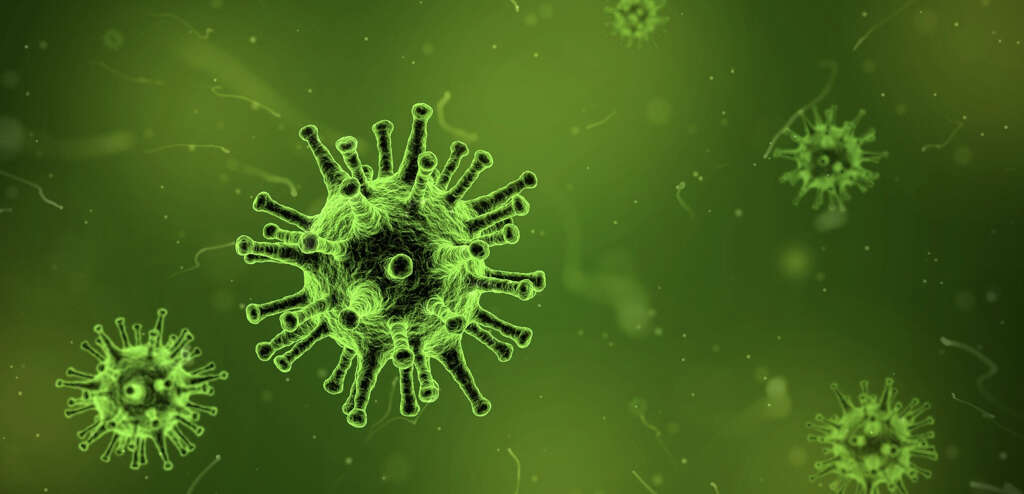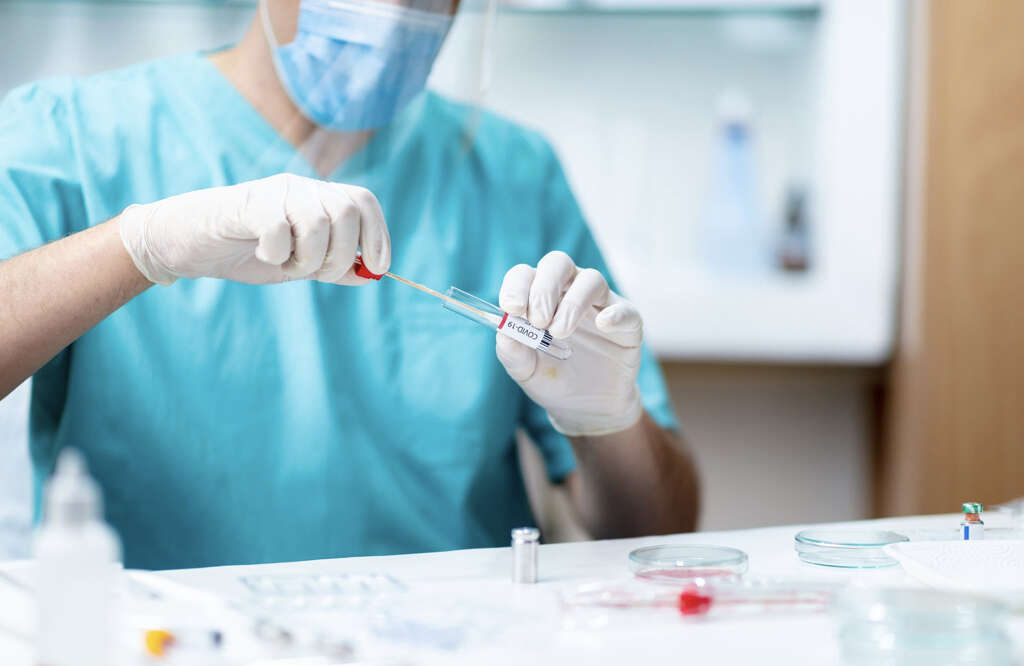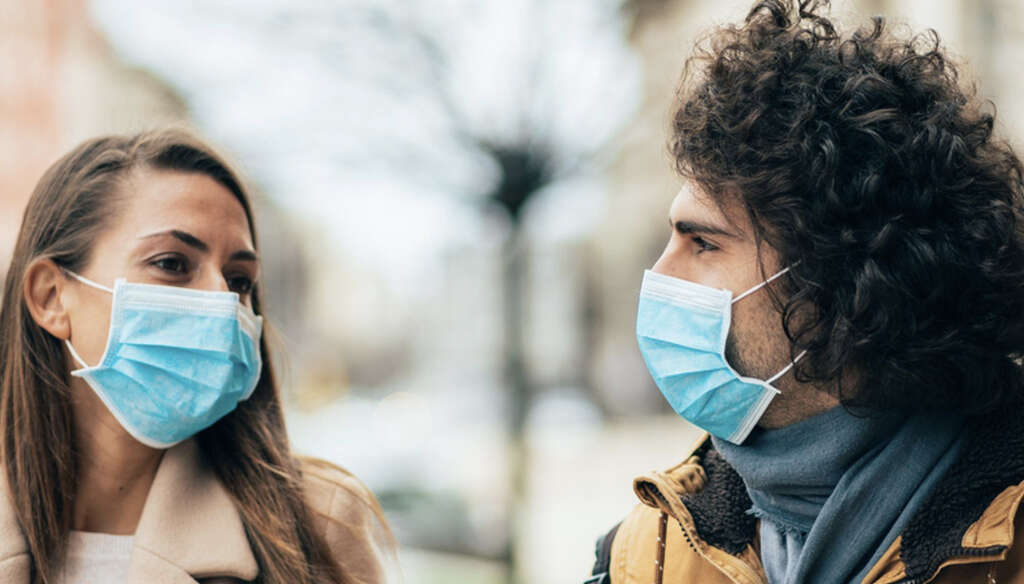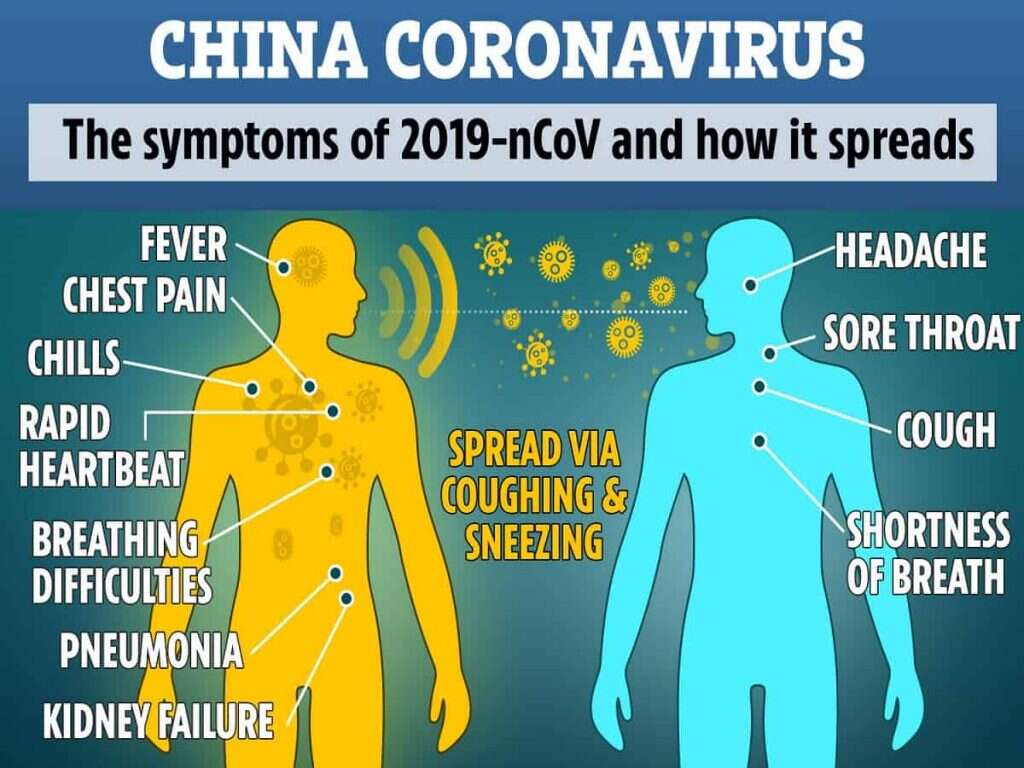What Is SARS Virus?
 Article Sources
Article Sources
- 1. Zheng, Jian et al. SARS-related Virus Predating SARS Outbreak, Hong Kong. Emerging Infectious Diseases vol. 10,2 (2004): 176-78. doi: 10.3201/eid1002.030533.
- 2. Wu, Jiang et al. Risk Factors for SARS among Person's without Known Contact with SARS Patients, Beijing, China. Emerging Infectious Diseases vol. 10,2 (2004): 210-16. doi: 10.3201/eid1002.030730.
- 3. Richardson, Susan E. et al. The Laboratory Diagnosis of Severe Acute Respiratory Syndrome: Emerging Laboratory Tests for an Emerging Pathogen. Clinical Biochemistry Review vol. 25,2 (2004): 133-42.
SARS stands for severe acute respiratory syndrome caused by a coronavirus. This illness is highly contagious and potentially fatal. The viral illness was first identified in China in February 2003. It spread throughout Asia and to Europe, North America and South America.
A total of 8,098 people were infected by the virus in more than 24 countries. Of those infected, 774 lost their lives. In the United States, there were only eight confirmed cases of the illness. SARS has been contained, and there have not been any reported cases since 2004.
1. Causes
SARS is caused by a strain of coronavirus called SARS-associated coronavirus, or SARS-CoV. There are four types of coronaviruses that are common among humans, which typically cause the types of symptoms seen in the common cold. When they first emerge, however, they can cause more severe symptoms because humans have not had time to develop immunity.
The virus associated with SARS had not been seen in humans prior to the 2003 outbreak. It is thought that SARS originated in an animal and then made the jump to people. The particular type of animal is unknown, though research discovered viruses similar to SARS-CoV in raccoon dogs and Himalayan palm civets in a market for live animals in Southern China.1Zheng, Jian et al. SARS-related Virus Predating SARS Outbreak, Hong Kong. Emerging Infectious Diseases vol. 10,2 (2004): 176-78. doi: 10.3201/eid1002.030533.
2. Risk Factors
Though SARS was contained in 2004, there is always a risk of re-emergence in viruses that originate in animals. The SARS virus can affect anyone, but certain individuals are more at risk. People who come into contact with someone who has the illness are more likely to get it themselves, placing healthcare providers and family members at higher risk.
SARS also occurred in individuals who did not have known close contact with someone who had the illness. In Beijing, researchers found that a significant number of individuals who did not have known contact with a SARS patient had dined outside of their own household, taken numerous taxi rides or visited a clinic where SARS patients were treated.2Wu, Jiang et al. Risk Factors for SARS among Person’s without Known Contact with SARS Patients, Beijing, China. Emerging Infectious Diseases vol. 10,2 (2004): 210-16. doi: 10.3201/eid1002.030730.

3. Transmission
When people become infected with SARS-CoV, they can spread the virus when they cough or sneeze. The virus is transmitted through respiratory droplets, which can spread up to approximately three feet. If they land on the mucous membranes that line the nose, mouth or eyes of another person, that individual may develop the illness.
The virus can also land or be deposited on surfaces such as doorknobs and countertops. When someone touches contaminated surfaces and then touches his or her nose, eyes or mouth, they can become sick. Close contact, such as touching or talking pithing a three-foot distance, allows the transmission of the virus.
4. Diagnosis
When the SARS outbreak occurred, there were no laboratory tests available to detect the presence of the virus in patients. Diagnoses were made based on a combination of symptoms and history. Since the symptoms of the illness are similar to numerous other upper respiratory illnesses, ascertaining whether the patient had possible contact with an infected person was necessary for a probable diagnosis.
Since the time of the outbreak, laboratory tests have been developed to test for the presence of the virus. These tests look for the presence of antibodies that would indicate a SARS-CoV infection. The challenge with antibody tests is that they do often do not detect the illness in its early stages.3Richardson, Susan E. et al. The Laboratory Diagnosis of Severe Acute Respiratory Syndrome: Emerging Laboratory Tests for an Emerging Pathogen. Clinical Biochemistry Review vol. 25,2 (2004): 133-42.

5. Signs and Symptoms
SARS has an incubation period of two to seven days. During that time, there are no symptoms present. The first symptom most people get is a fever of at least 104 degrees Fahrenheit. Often the person’s temperature is much higher and is associated with chills and rigor. In these early stages, people may also experience a headache, muscle pain and overall fatigue.
As the illness progresses, and typically within three to seven days, respiratory symptoms develop. A persistent, dry cough is common. This may be accompanied by shortness of breath. The potential for the development of low blood oxygen level exists. Some patients require intubation to assist with breathing and oxygenation.
6. Complications
Patients who had severe cases of SARS often developed pneumonia. Pneumonia is a serious lung infection that causes the sacs within the lungs to become inflamed. These sacs often fill with pus or fluid, which leads to a cough that often produces phlegm.
Severe cases of the illness may also lead to heart and liver failure. Nearly 800 people died from complications of SARS. People who are over the age of 60 and those with underlying health conditions are more at risk for complications.

7. Treatment and Management
The SARS virus has no cure. As the illness is viral, antibiotics are not an appropriate treatment measure. The antivirals that had already been approved during the outbreak were ineffective in treating the novel coronavirus that caused the 2003 outbreak.
The virus had to run its course. Treatment measures were aimed at supportive care that worked to alleviate symptoms. Those who developed complications that led to difficulty breathing were intubated and provided with mechanical ventilation.
8. Prevention
The SARS outbreak was contained due to a rapid global response under the leadership of the World Health Organization.[[4]] Measures were quickly implemented to prevent the spread of the virus. Those who were suspected of having the disease were isolated, while those who had potentially come into contact with an infected person were required to quarantine for 10 days. Contact tracing helped identify people who had contact with an infected individual.
Protocols for prevention and protection included frequent hand washing or the use of hand sanitizer. Recommendations were made for wearing masks in public spaces both indoors and outside, which significantly reduced the spread of the virus.2Wu, Jiang et al. Risk Factors for SARS among Person’s without Known Contact with SARS Patients, Beijing, China. Emerging Infectious Diseases vol. 10,2 (2004): 210-16. doi: 10.3201/eid1002.030730.

9. Prognosis
The prognosis for SARS varies widely and depends on several factors. The global outbreak had a total death rate of 11%. Elderly people and those with underlying conditions were the most likely to have a poor prognosis.
Patients who recovered from the illness often experienced short- and long-term effects. Shortness of breath and weakness were common in the early recovery stages. Lung weakness was found in tests conducted up to eight weeks following hospital discharge, and some patients showed signs of pulmonary fibrosis. Psychological challenges were widespread, though these seemed to improve over time.
10. When to See a Doctor
Though the SARS outbreak was contained, a resurgence cannot be discounted. There are numerous viral infections that produce symptoms similar to severe acute respiratory syndrome. If you develop symptoms of a respiratory infection, make an appointment with your doctor.
If you have recently traveled abroad to areas where incidents of SARS were high, and you experience symptoms, it is important to contact your healthcare provider. Likewise, those who have underlying conditions or are over the age of 60 need to seek immediate assistance if they develop SARS symptoms.










